
Southern California gives you amazingly varied camping. You can pitch a tent in dry desert spots, up on cool mountain tops, by windy coastal cliffs, or in quiet forest clearings.
Doesn’t matter if you’re an experienced backpacker or a family trying tent camping for the first time. SoCal has an outdoor spot ready for you.
Joshua Tree National Park
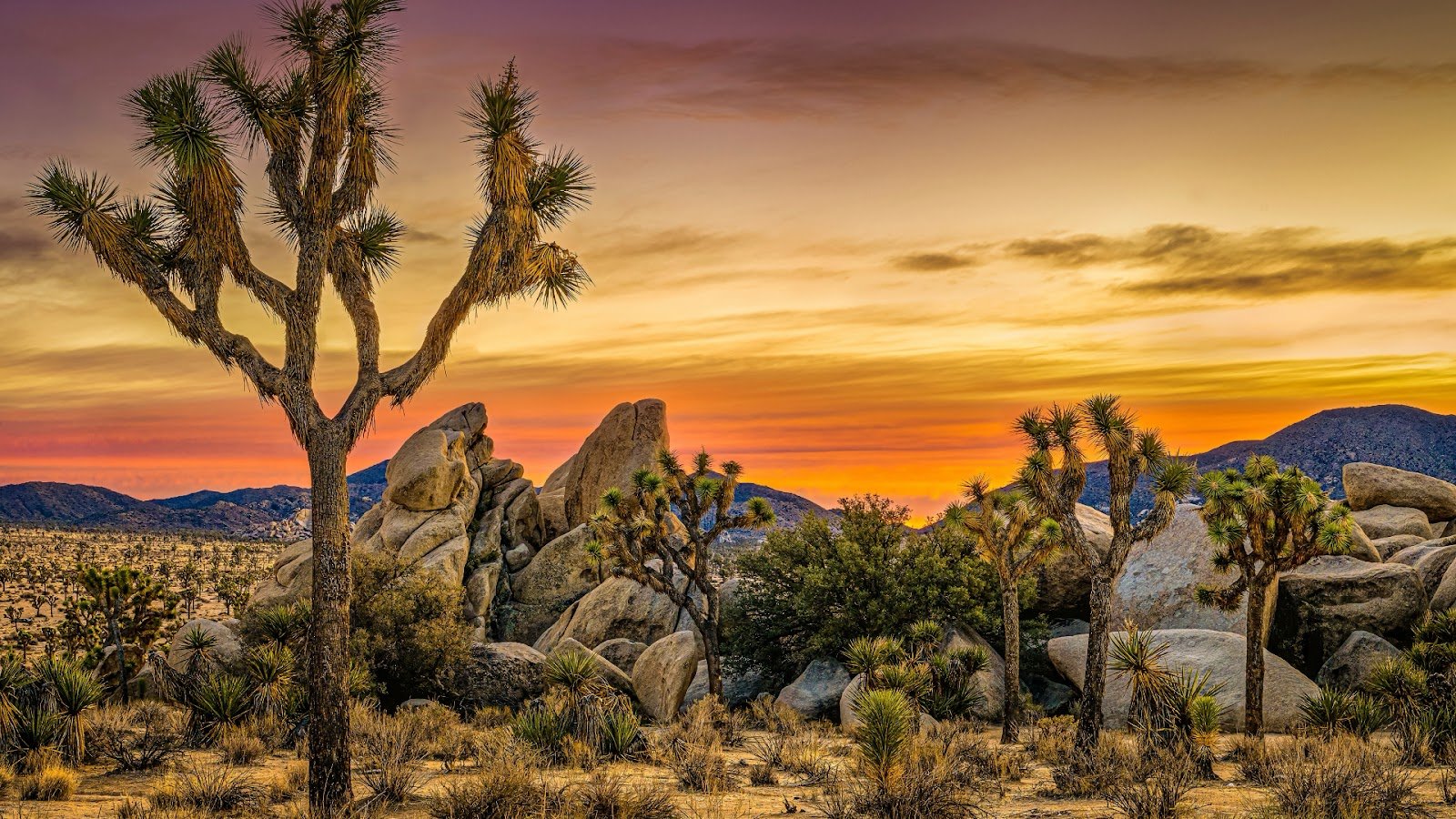
Joshua Tree is a top spot for camping in California. This desert park blends two unique environments: the Mojave and the Colorado deserts.
For that classic Joshua Tree feel, try Jumbo Rocks Campground. Giant boulders act as natural walls, giving campsites wind protection and privacy. Kids have a blast climbing over rocks, and grown-ups get amazing sunset views. Just know sites book up fast, especially when weather cools down.
Prefer something quieter? Belle Campground usually has fewer people. Set in the Pinto Basin area, it puts you near hikes like Arch Rock and Skull Rock. The night skies here are incredible, thanks to very little light around.
Remember: Water isn’t available at most campgrounds, so pack all you need. Nights get surprisingly cold, even in summer. Bring warm clothes no matter when you visit.
Sequoia National Forest
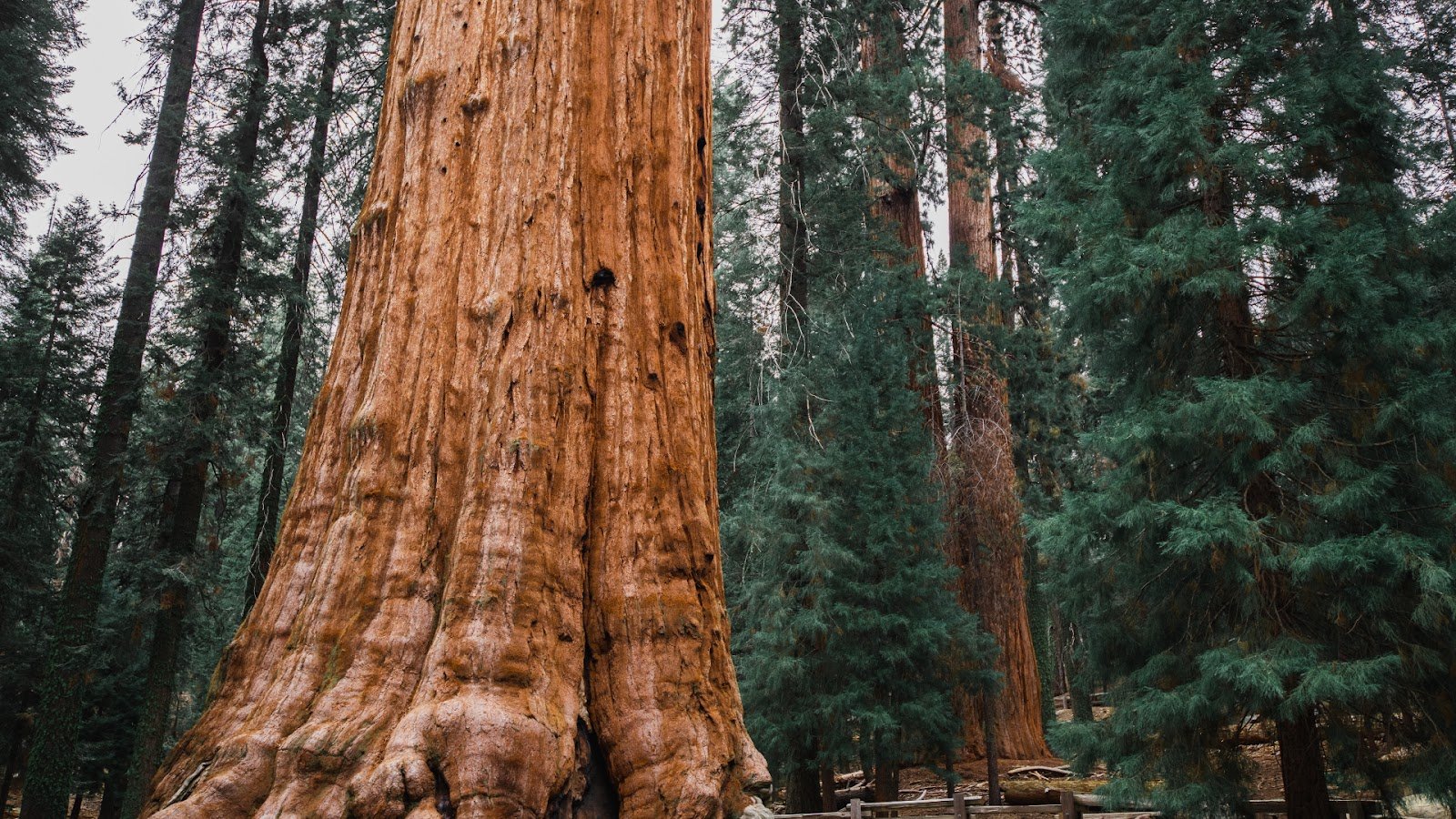
Giant sequoias reach skyward in this mountain getaway. You’ll find several campgrounds tucked into the big woods, each offering something distinct.
Princess Campground sits right beside Kaweah River, up at 5,900 feet. Cool mountain air feels great after valley heat. Go swimming or fishing in the river. Sites give you plenty of room under tall pines and firs.
At Hume Lake Campground, you’re right next to a clear alpine lake. Kayaking and fishing are perfect here. Calm morning water mirrors stunning mountain views. Hiking trails take you to waterfalls and great lookout spots.
Camping in winter is an option, but get ready for snow and cold. Summer months bring the easiest, most comfortable conditions.
Big Sur Coastline
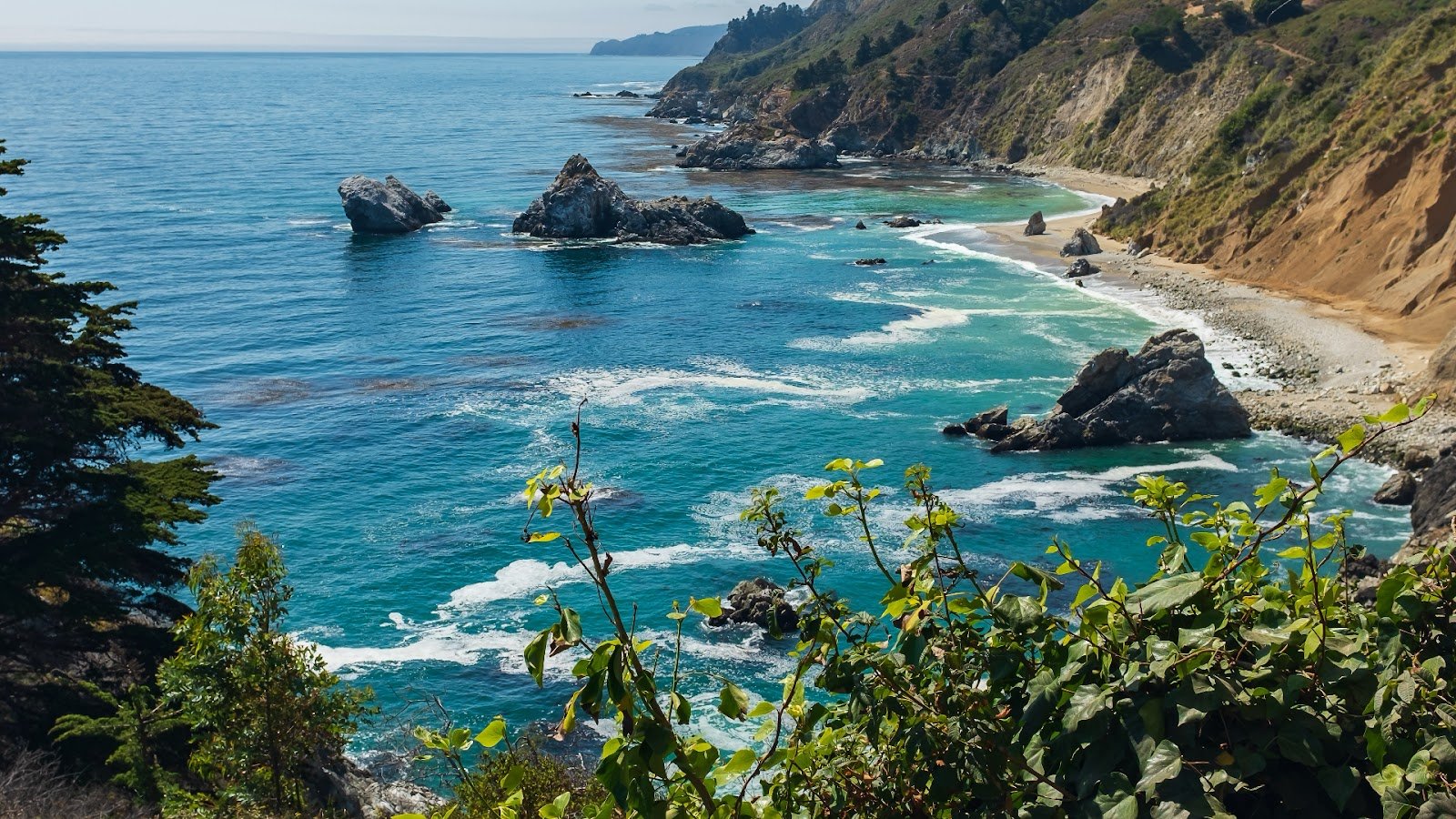
Imagine sleeping to Pacific waves after a day beside dramatic cliffs. Highway 1 delivers sights like this.
Julia Pfeiffer Burns State Park has limited camping spots, but rewards with stunning views. See McWay Falls plunge eighty feet straight to a hidden beach. Nearby redwoods block those strong coastal winds.
Kirk Creek Campground sits right on ocean bluffs, a hundred feet up. Every single spot shows you water. Sunsets explode in orange and purple here. Pack warm layers though – fog moves fast.
For shelter inland, try Pfeiffer Big Sur State Park. Big redwoods line the river there. Swimming holes and hiking trails make it great for families.
Getting a spot in Big Sur requires planning. Book months before summer weekends.
Anza-Borrego Desert State Park
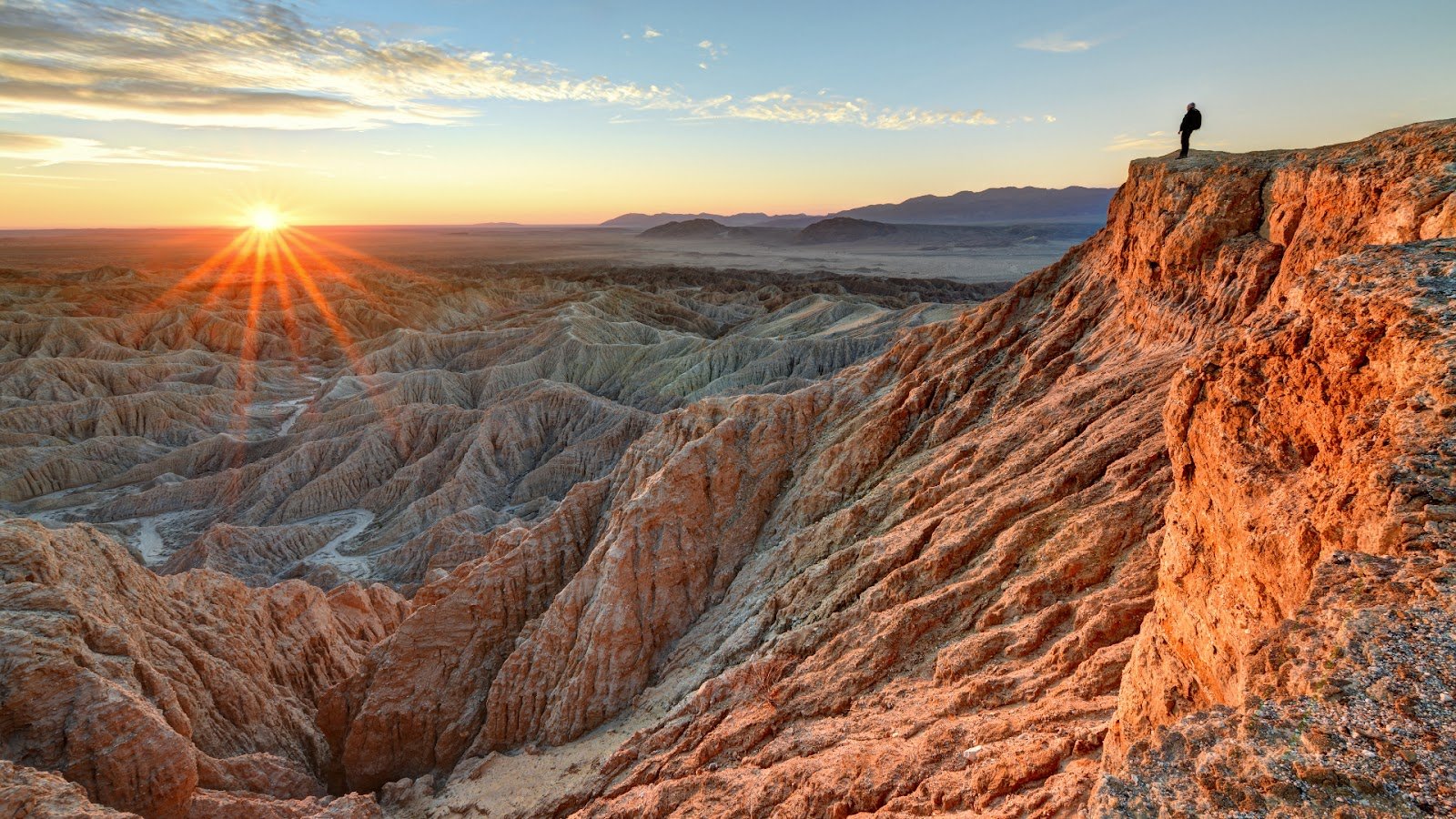
California’s biggest state park stretches over 600,000 acres of desert. Come spring, wildflowers bloom, turning once-barren ground into fields of color.
Borrego Palm Canyon Campground acts as the main hub. It has developed sites and amenities. Nearby, palm oases offer unexpected green spots in the desert. Trails from here lead to hidden waterfalls and Native American sites.
For a quieter experience, try Tamarisk Grove Campground. It’s smaller and feels more remote, giving easier access to backcountry areas. Keep an eye out – desert bighorn sheep sometimes show up near water sources.
Winter and spring are the best times to visit. Camping in summer can be dangerous without careful prep, as temperatures often top 110°F.
Channel Islands National Park
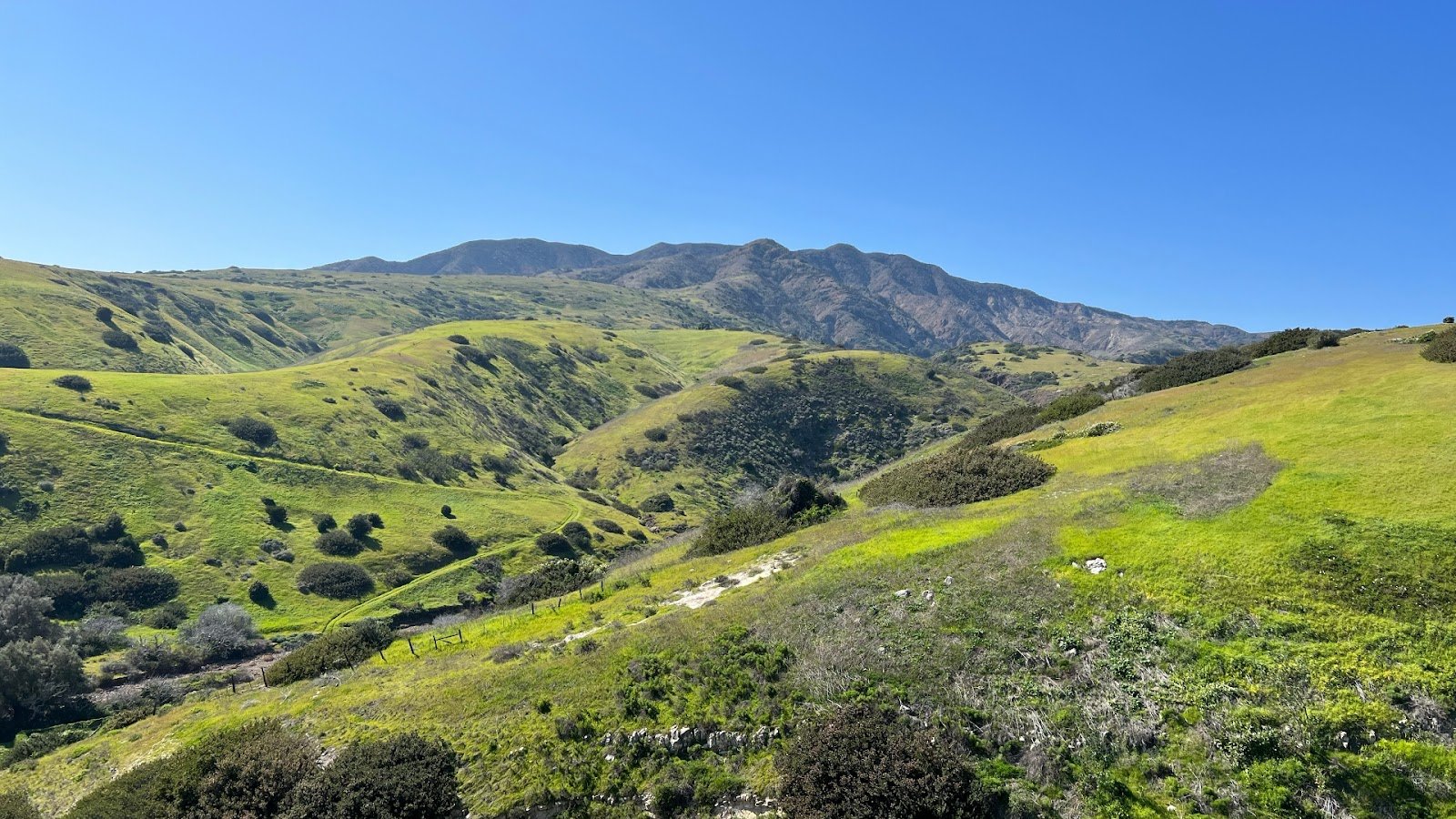
People sometimes call these islands “California’s Galapagos.” Camping here feels unique, just off the coast from Ventura and Oxnard.
On Santa Cruz Island, Scorpion Anchorage has the most developed campsites. You can sea kayak, snorkel, or hike right near the campground. Keep an eye out for island foxes and scrub jays.
Santa Rosa Island camping is more primitive. You’ll find real solitude there. Reaching backcountry sites means hiking, but you get beautiful, empty beaches and stunning cliffs as your reward.
Getting there by ferry makes the whole trip feel like an adventure. Remember to bring all your supplies – nothing’s available once you land on islands.
Death Valley National Park
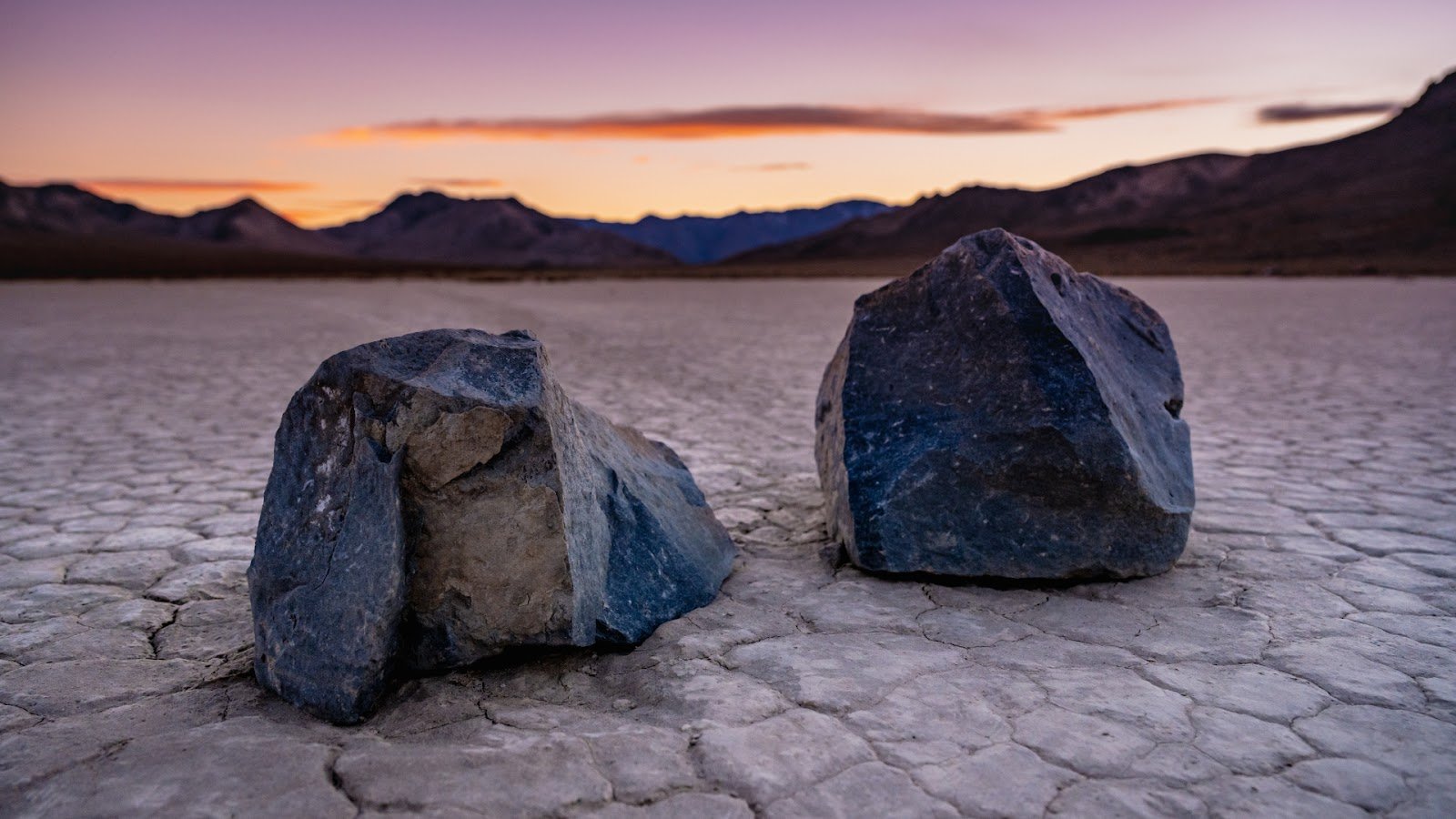
Don’t let the name scare you off—Death Valley actually offers great camping when it’s cooler. This desert park has different elevation zones and climates.
For the most amenities in the main valley, Furnace Creek Campground is your spot. A visitor center and general store sit close by, adding convenience. Badwater Basin, North America’s lowest point, is only minutes away.
Want something more rustic? Try Mesquite Flat Campground near sand dunes. If you have 4WD access, even more backcountry spots open up.
Skip camping here in summer unless you’re truly seasoned with desert extremes. Winter brings ideal weather for exploring this unique place. Pack your gear then.
Los Padres National Forest
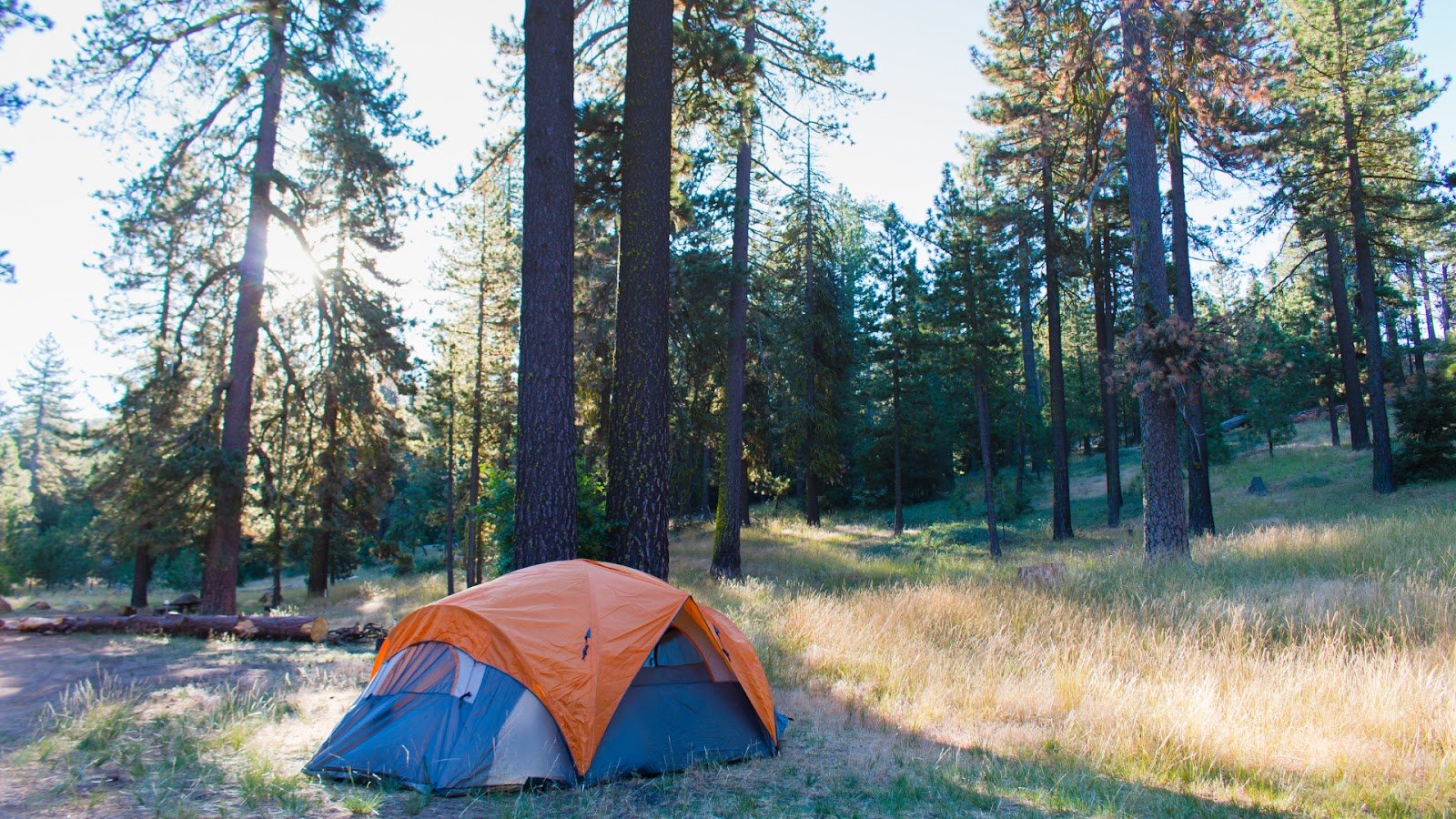
This huge forest runs from Monterey County down to Ventura County, giving you plenty of camping choices.
Check out Pine Valley Recreation Area. You’ll find several campgrounds by Pine Creek. Swimming holes and hiking trails are big draws, making it a great spot for families. Towering pines offer perfect shade when summer gets hot.
Wheeler Gorge Campground sits tucked in a narrow canyon beside Matilija Creek. Impressive rock formations surround campers here. Being close to Ojai makes grabbing supplies or a quick trip into town easy.
Remember, fire rules are common in dry months. Always check current conditions before thinking about a campfire.
Mojave National Preserve
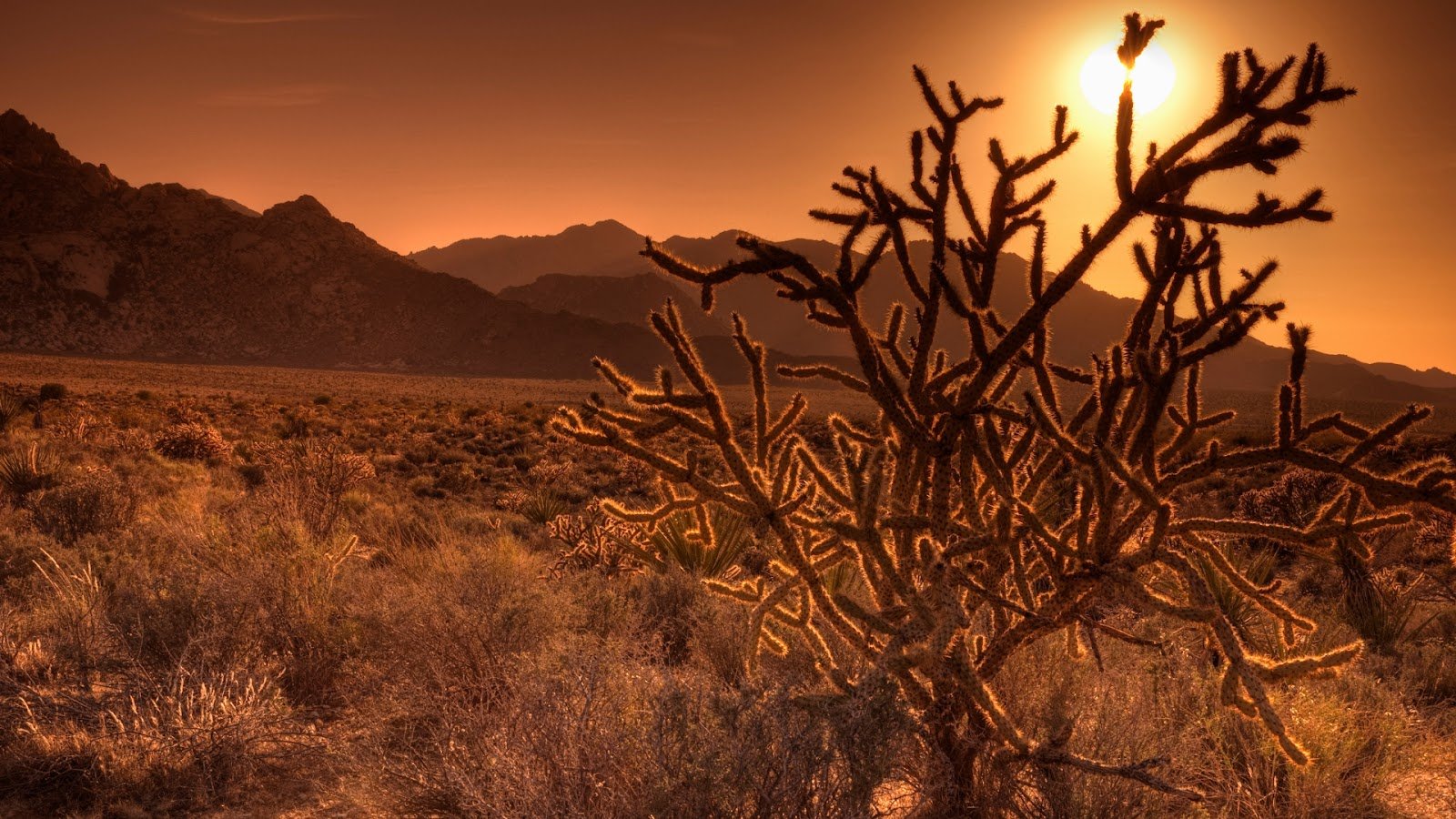
Mojave National Preserve shelters different desert landscapes between Vegas and LA. Camping here means real peace under star-filled skies.
Mid Hills Campground sits at 5,600 feet. Pinyon pines and junipers surround it. Higher elevation brings cooler summer air, making stays comfortable. Trails wind past old volcanic rock and deserted mines.
Hole-in-the-Wall Campground features unusual rock shapes. It’s also simpler to reach from Interstate 40. Find natural arches and narrow slot canyons here – perfect spots to grab your camera.
Remember: water is scarce. Pack more than you think you’ll need. Always tell someone your plans before heading into remote parts of this preserve.
San Bernardino National Forest
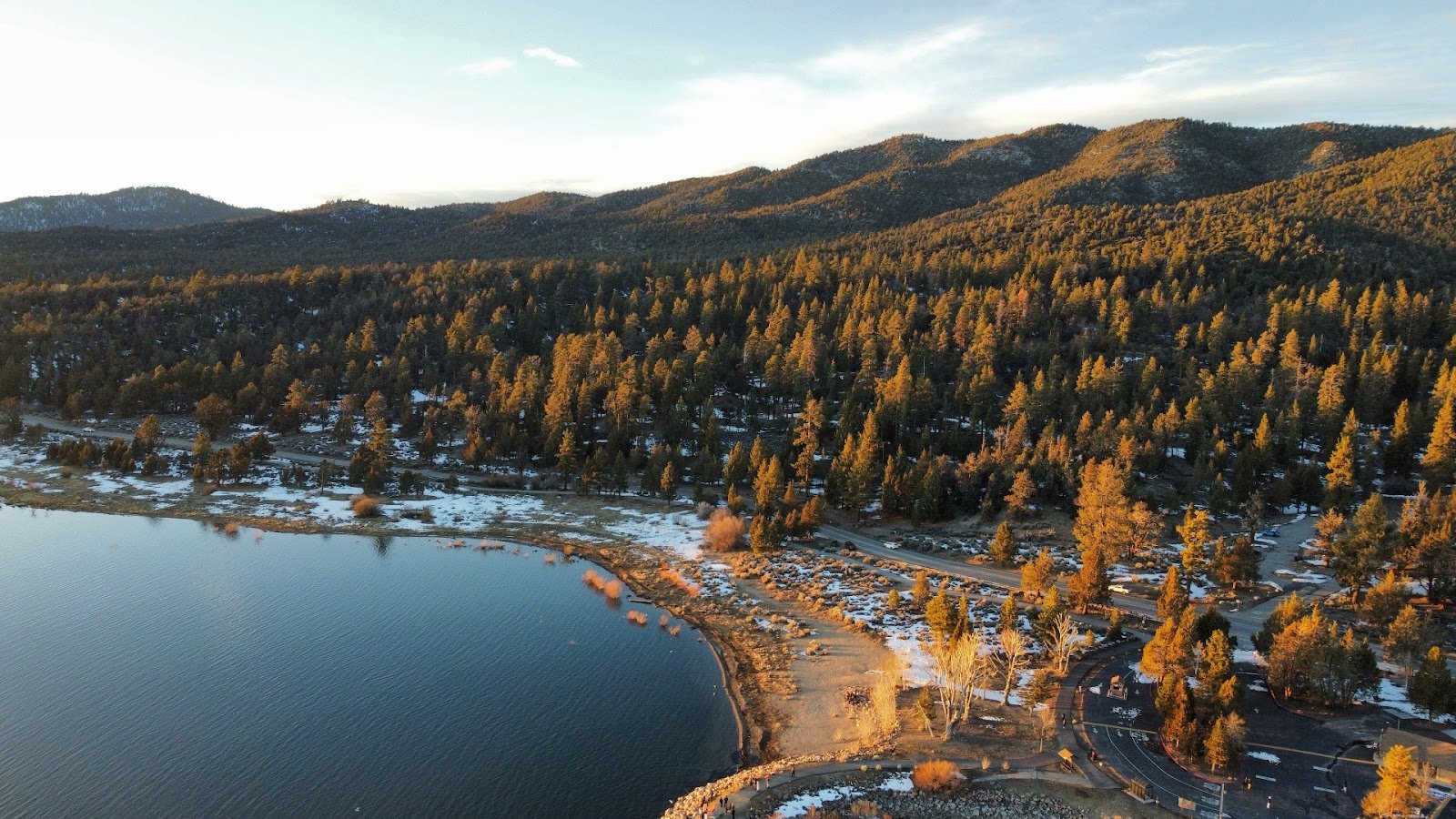
Need a break from desert heat? These forest mountains deliver. Different heights mean different weather and camping spots.
At 6,900 feet near Big Bear Lake, Heart Bar Campground brings cool pine-scented air. It’s noticeably fresher than the valleys below. You can fish or boat on nearby lakes too.
For easier access, try Applewhite Campground by the Mojave River. Swim in natural holes or hike trails nearby – ideal for quick weekend trips.
Remember, snow shuts down high campgrounds in winter. Always check road status before heading out.
Planning Your Southern California Camping Adventure
Reservation Systems
Most popular campgrounds handle bookings through Recreation.gov. Heads up – reserve early because some spots fill up six months ahead.
For state parks, you’ll want to use ReserveCalifornia.com for reservations.
Best Times to Visit
Spring and fall? Perfect almost everywhere. Summer packs mountains with people, but desert heat? Not great for camping.
Winter flips the script: desert spots open up while mountain sites shut down.
Essential Gear
- Plenty of water (especially for desert camping)
- Layered clothing for temperature changes.
- Sun protection (hat, sunscreen, sunglasses).
- First aid supplies.
- Maps and navigation tools.
- Fire restrictions information.
Safety Considerations
- Camping in deserts? Pack extra water and protect yourself from heat.
- Heading to mountains? Weather there shifts fast, so be ready.
- Near the coast? Expect fog and wind.
- Always make sure someone knows your plans and when you’ll be back.
Leave No Trace Principles
Take all your trash and leftover food with you. Stick to existing fire rings if you build a campfire. Keep food stored right to respect animals.
Stay on marked trails – it helps protect delicate natural areas.
Making the Most of Your Trip
Check out nearby spots before you go. Campgrounds often put you close to activities just a short drive away. Rangers share cool facts and inside knowledge about local areas during their talks.
Try camping mid-week. You’ll likely find smaller crowds and grab a better site. Spring or fall often brings nice weather without big crowds.
Southern California packs in desert, mountains, and ocean. You can experience these different landscapes all in one trip. Plan your route to hit varied ecosystems and adventures.
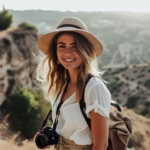
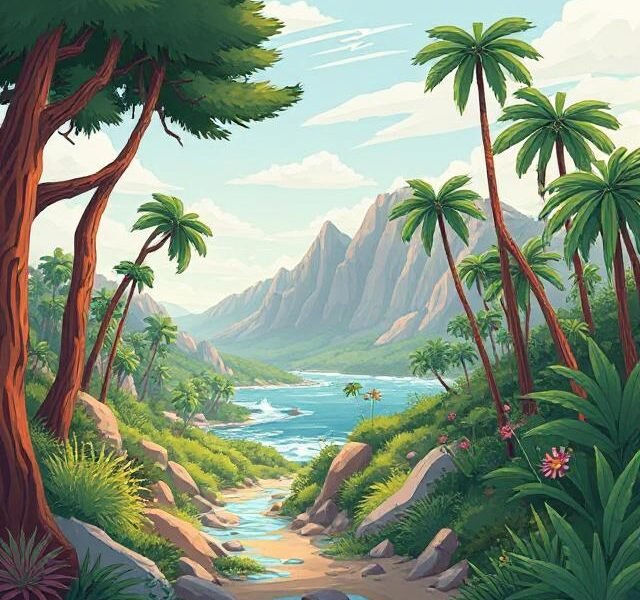
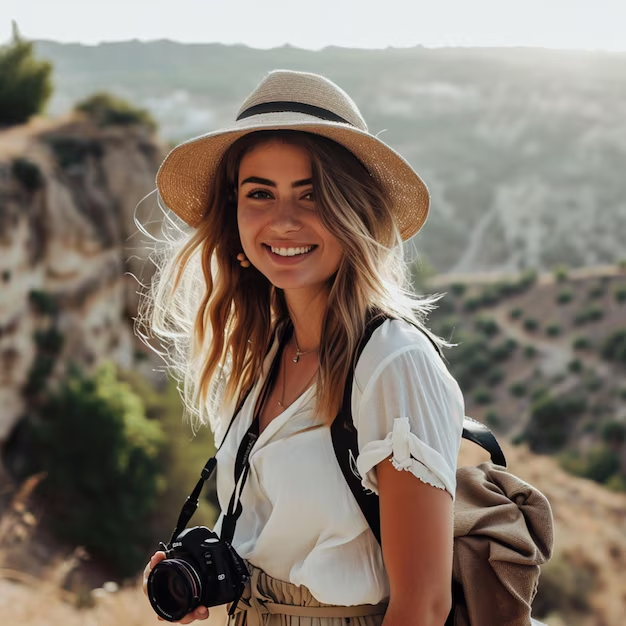



0 Comments